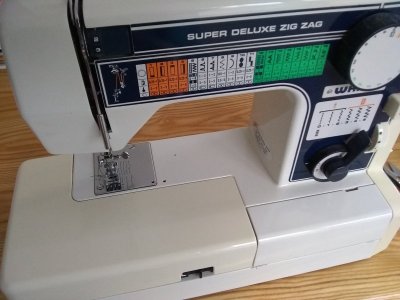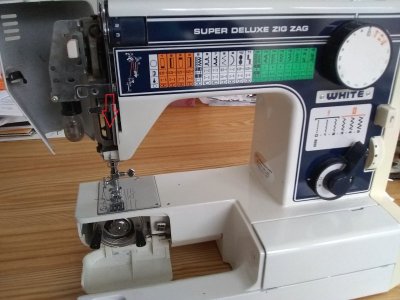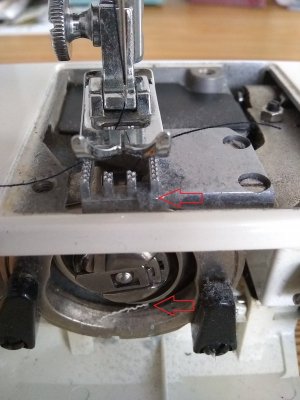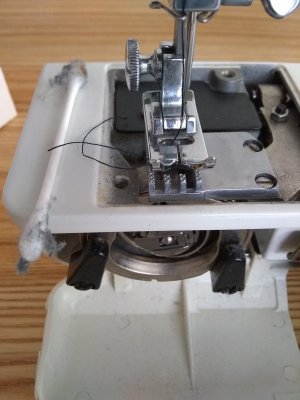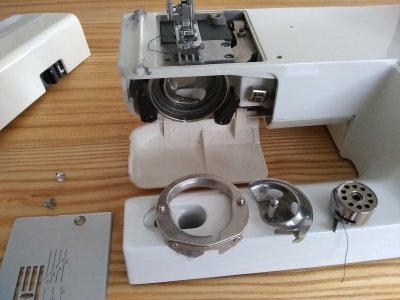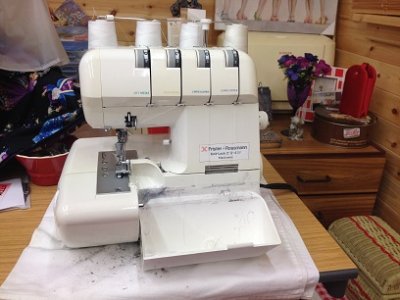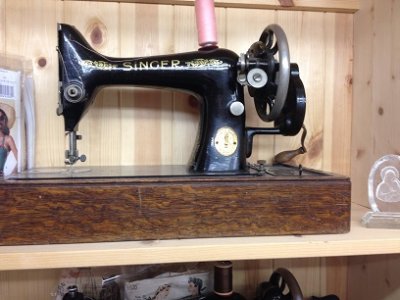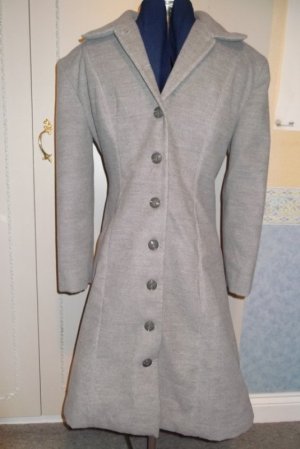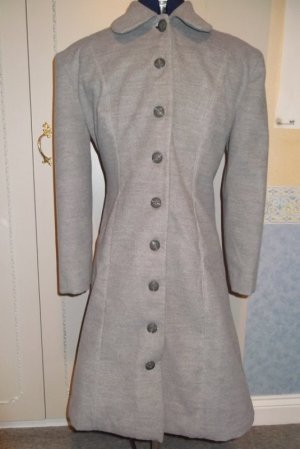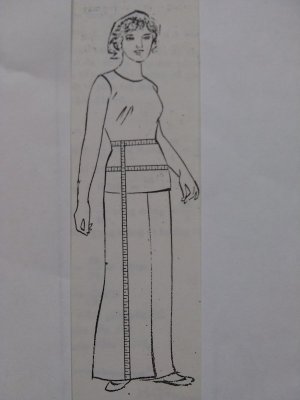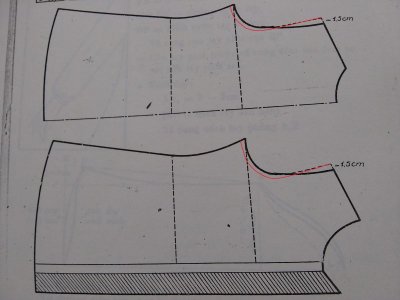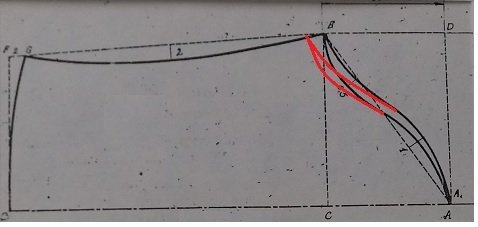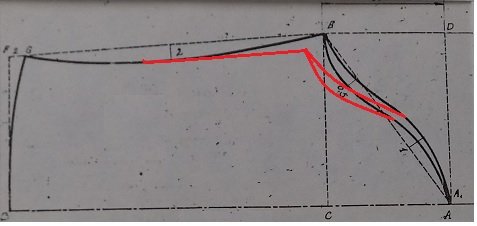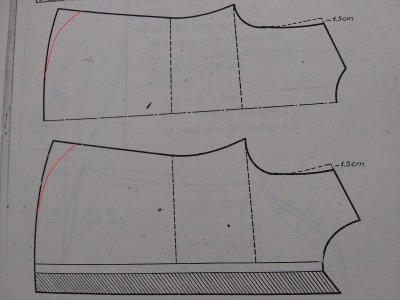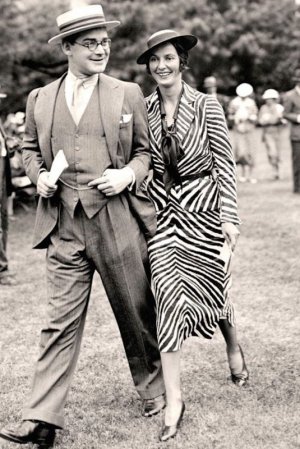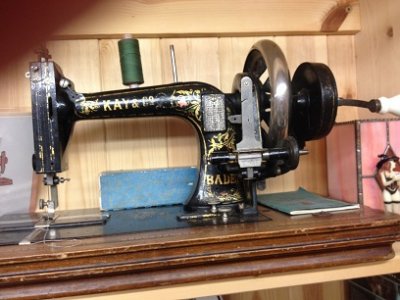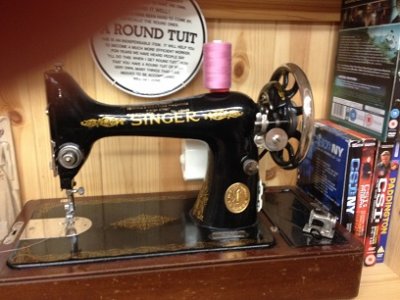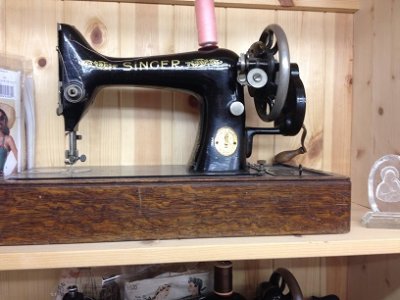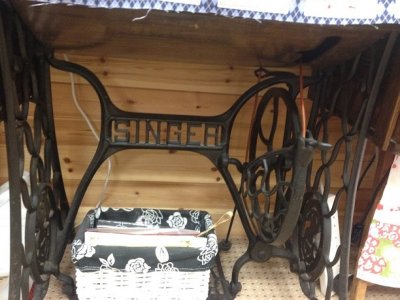In my retirement I've been seeking creative outlets. My dear late mother was a wonderful seamstress and sewed most of my clothes while I was growing up. Looking back, I appreciate her patience, love, and focus to create the beautiful things I wore.
A few months ago I bought a used basic sewing machine at a yard sale for $50, with the hope of launching a new hobby. I went to Walmart and picked out what was declared a "Sew Easy" pattern for a shoulder bag. Thought it would be a good place to start. I used it a couple of times and found out it wasn't "Sew Easy" Lol. I've since moved on to patterns for face masks. Yeah, guess we're all going to need them for a while longer. I just want to create fun or beautiful masks. Make the best of a bad situation.
But all that aside, I'm here to explore and ask questions about sewing machines and their function. One frustration I have with my used machine is the delay between my pressure on the foot pedal and the machine. The machine hums, but nothing happens. So, I manually turn the hand wheel to get things going. Is this normal? I feel like if I put "the pedal to the metal" the machine would certainly respond, but holy cow!! there goes the intended seam. Out of control.
I'm open to buying a newer sewing machine. Would like to hear what works for y'all and why. If you can recommend one that comes with patience built in all the better (-:
A few months ago I bought a used basic sewing machine at a yard sale for $50, with the hope of launching a new hobby. I went to Walmart and picked out what was declared a "Sew Easy" pattern for a shoulder bag. Thought it would be a good place to start. I used it a couple of times and found out it wasn't "Sew Easy" Lol. I've since moved on to patterns for face masks. Yeah, guess we're all going to need them for a while longer. I just want to create fun or beautiful masks. Make the best of a bad situation.
But all that aside, I'm here to explore and ask questions about sewing machines and their function. One frustration I have with my used machine is the delay between my pressure on the foot pedal and the machine. The machine hums, but nothing happens. So, I manually turn the hand wheel to get things going. Is this normal? I feel like if I put "the pedal to the metal" the machine would certainly respond, but holy cow!! there goes the intended seam. Out of control.
I'm open to buying a newer sewing machine. Would like to hear what works for y'all and why. If you can recommend one that comes with patience built in all the better (-:


